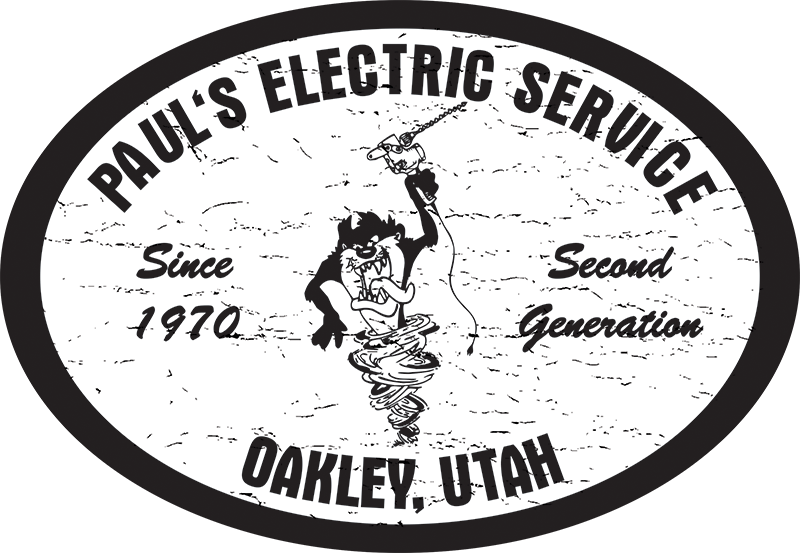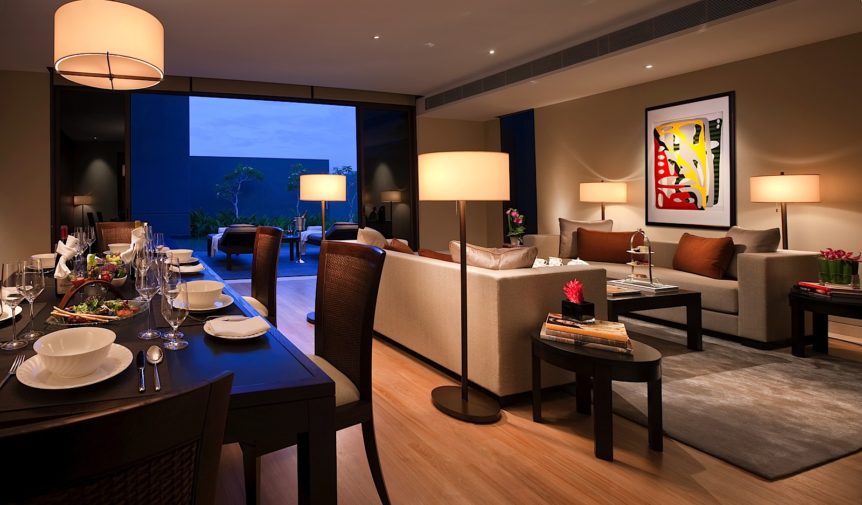Here are five tips to help you decide whether to DIY install your own smart lighting control system or to hire a professional.
The question: DIY or hire a pro.. Automating your home’s lights is one of this year’s biggest home technology trends. Every week there are new launches for individual products or whole house lighting systems designed to make it easier to operate and customize your home’s lighting.
Once you’ve deciding that automated lighting control is something you want for your home, the next decision is whether to do it yourself or to have a professional design a custom system.
Here are five tips to help you decide whether to install your own smart lighting system or to hire a professional:
Size
If you’ve got a small home or apartment, or you’re not sure whether you want to optimize the lighting in your whole house or just a room or two, you can easily and inexpensively test the water with a DIY system. Many DIY smart home and lighting systems allow you to add a few wirelessly controlled light bulbs or wall switches and then create scenes to control those lights. A DIY system is a good way to learn about smart lighting, and many can be expanded (by you or a pro) when you want to go bigger.
Integrated or not
Do you plan to have your lighting control system integrated with other home tech systems (such as your heating/AC, home entertainment or security system)? Smart integration can be a lot more complex, and if your other technologies were professionally installed, then your best bet is to use a pro to add smart lighting.
Smart lights or smart system
Smart wireless LED light bulbs are very popular and easy-to-use products for converting to a lighting control system, but if you’re looking to add full lighting control, you need to look beyond wireless light bulbs and into a professionally-installed system. Installing networked lighting control, which can involve several kinds of keypads, dimmers, light switches and wires, can be more than an average person can handle. Replacing standard bulbs with wirelessly-controlled bulbs is nice, but that doesn’t help you if your home has chandeliers, sconces, custom kitchen light fixtures and other types of lighting that can’t be updated with WiFi bulbs.
Smart screen options
Most DIY smart home systems allow you to control the lights (or wireless LED bulbs) with an app on a smart phone or tablet. In fact, many systems only allow the lights to be controlled that way. If your whole family doesn’t use smart phones, or you don’t want that to be the only way you can operate your lights, you may want to talk to a professional. Professionally-installed lighting control systems can be operated with a variety of devices, including custom-engraved keypads, advanced dimmer switches, remote controls and in-wall touchscreens—in addition to apps. The installation and configuration of those control options is often more involved than a DIY installer is capable of doing. Plus, a professional installer has the added benefit of lots of experience, so he or she can make recommendations as to keypad location, scene selection and even décor choices.
Time savings or money savings
If you go the DIY route—especially if you have a large home to update, you can expect to put a in considerable amount of time installing, configuring and troubleshooting a lighting control system. If your time is worth more than the money savings, then hire a pro. Let’s face it, most people can change the oil on their cars themselves, but it’s worth it to have someone else do it for you.
So when you’re tired of trying to read diagrams and burning your fingers on your soldering iron, go ahead and Contact Paul’s Electric Service and we’ll finish up that job for you, always done right!

